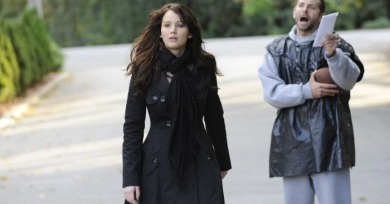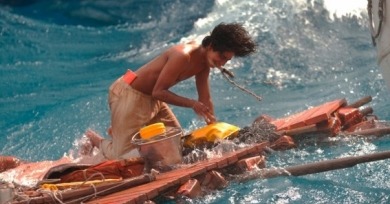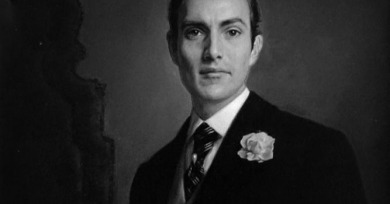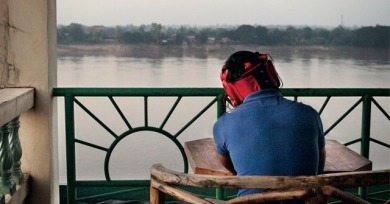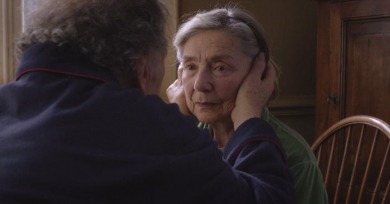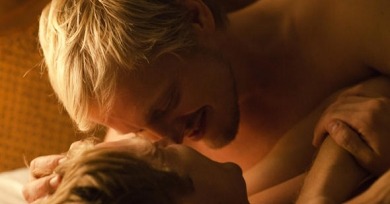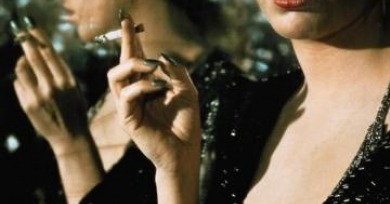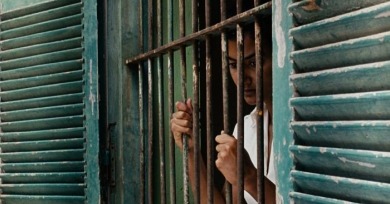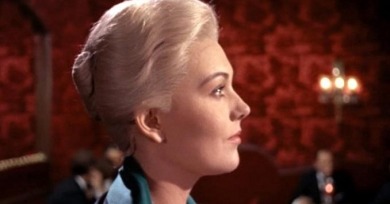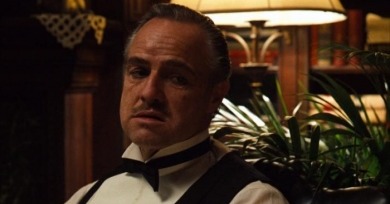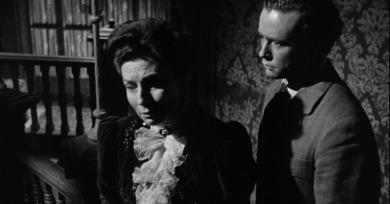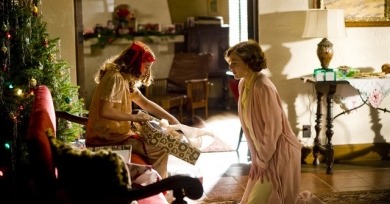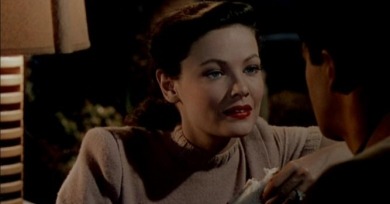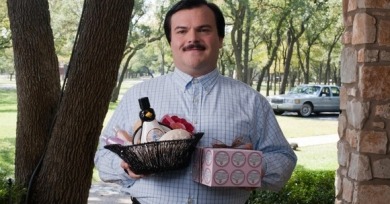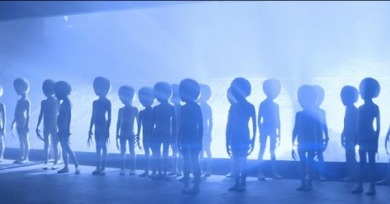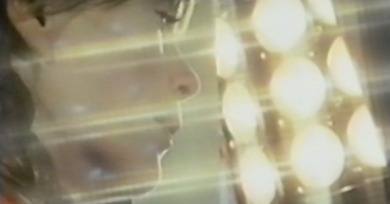Michael Koresky
Providing evidence that hyper-verbal does not equal hyper-articulate, the characters in the latest David O. Russell film are constantly firing blanks on all cylinders.
We shouldn’t be shocked when movies as emotionally generous as In the Family fall through the cracks; we should just be encouraged when they get noticed. And that’s the case with Wang’s film.
The flamboyant color palette and liquid camerawork help justify the film as above all a fairy tale, which early on gives Lee free reign to indulge in a self-aware exoticism.
Death is here something to be profoundly feared, something that can’t be quantified; the ghostly realm exists not as a concept but as a reality and an end point.
A Few Great Pumpkins
The Picture of Dorian Gray, The Innkeepers, The Vanishing, The Seventh Victim, Lips of Blood, Repulsion, Insidious
Set along the Mekong River, which marks the border between Thailand and Laos, the latest film from Apichatpong “Joe” Weerasethakul is a vaporous film that’s a borderline in and of itself.
Air of sober intimacy notwithstanding, Amour, which won the Palme d’or at this year’s Cannes Film Festival (Haneke’s second such honor in only three years), is a horror film.
Even though his latest, the autobiographical Keep the Lights On, which charts a tortured ten-year relationship between two men, is his first New York–set movie, where Sachs has lived since he relocated in 1985, it also takes the shape of an outsider’s story.
Yellow wallpaper? Red hair? Green nail polish? Inky black feral dogs?
The sad, and rather radical, revelation of Cabaret is that Sally is not all that interesting, and everything she does, says, and wears—especially that glittering green nail polish—is a reminder of her essential dullness. Her green is a splash of color in a field of gray.
What if one of the world’s great film artists released her first major, feature-length narrative in nearly a decade, one based on the writings of a revered author firmly entrenched in the western canon, and no one noticed?
If cinema is a dream, Vertigo is its nightmare.
What is it about Coppola’s pair of iconic films from 1972 and 1974 that have made them such widely agreed-upon selections for canonization, besides their enormous financial success?
Film history needed a Magnificent Ambersons. There had to be that one “lost” great film for which we could collectively weep, but whose brilliance remains undulled.
The type of succinct visual storytelling that marks Hollywood’s greatest output, from Sunrise to Vertigo to The Tree of Life, is not the purview of television; movies, however far we think they’ve fallen this week, exist in their own realm.
Midway through Hirokazu Kore-eda’s I Wish, a grandfather grumpily wonders, “Do kids today feel anything about anything?” Judging by this enchanting and wise film, indeed they do.
Despite Martin Scorsese propping it up with undying tenacity, John M. Stahl’s oft-touted 1945 "Technicolor noir," Leave Her to Heaven, still seems to languish on the peripheries of film history.
This is not a film fueled by garrulous and good-natured young people questioning themselves and the world around them, but rather populated by those who’ve been around the block long enough to stop asking.
Many of our writers fall in that Spielbergian sweet spot: we were raised on E.T. and Close Encounters of the Third Kind and Poltergeist, rewatching videotapes of these films until they were worn out, growing so accustomed to their mechanics that they became The Movies themselves.
Unlike Duel, the film feels very much like the television movie that it is, and not in small part because of the claustrophobic nature of the story.
